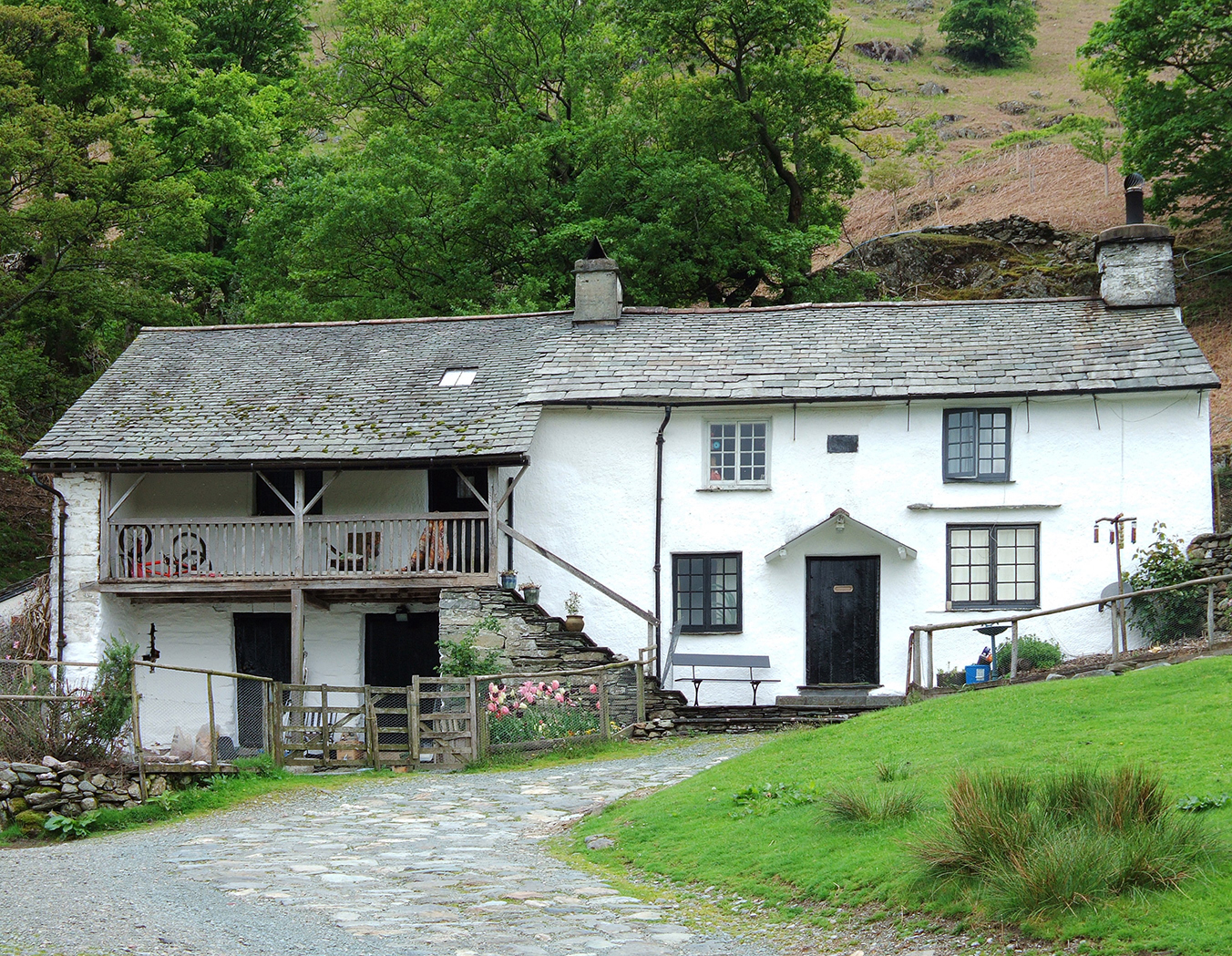
Updates to fire safety regulations, introduced in October 2023, have placed new responsibilities on holiday homeowners across the UK. These changes impact businesses in England and will significantly enhance guest safety—especially in areas with many holiday lets, like the Lake District. If you rent out a holiday home, it’s essential to understand and comply with these new rules to protect your guests, property, and reputation.
What’s Changed in Fire Safety Regulations?
The Building Safety Act 2022 amended the Regulatory Reform (Fire Safety) Order 2005 (RRFSO). While the RRFSO remains the foundation of fire safety legislation, the updates impose stricter requirements on holiday lets, ensuring that even small properties provide a safe environment for paying guests.
Key changes include:
Written Fire Risk Assessments:
Previously, a written assessment was only required if the business had more than five employees, was licensed under an Act (like the Licensing Act), or had an Alterations Notice from the Fire Authority. Now, all holiday let properties—regardless of size—require a written fire risk assessment that identifies hazards, assesses risks, and outlines safety measures.
Enhanced Safety Measures for Small Properties:
The government issued new guidance in February 2023 for small, simple guest accommodation (premises up to two storeys, providing sleeping accommodation for a maximum of 10 persons, with no more than four bedrooms on the first floor). This guidance recognises lower risks in these properties and allows some relaxation in fire safety provisions compared to more complex commercial sleeping premises, like hotels.
Open Plan Accommodation:
The new guidance does not specifically apply to open-plan cottages, but it is the first to formally acknowledge the risks associated with inner room bedrooms, particularly in multi-storey properties. In the event of a fire in the access room, occupants in inner rooms may become trapped, especially if the staircase acts as a chimney for smoke and heat.
While competent fire risk assessors should have already been aware of these risks, the updated guidance has brought them into sharper focus. The government has committed to providing clearer guidance on inner room bedrooms in a forthcoming sleeping accommodation guide.
What Does This Mean for Holiday Homeowners?
You are now legally required to conduct a suitable and sufficient fire risk assessment to determine the appropriateness of fire safety measures within your property. Failure to comply could result in enforcement action, prosecution (with unlimited fines and up to two years in prison), and invalidated insurance in the event of a fire.
Steps to Ensure Compliance
You can complete your own fire risk assessment by following the relevant guidance, but it must be suitable and sufficient. If you choose to outsource the assessment, you are legally responsible for ensuring that the individual is competent.
The most reliable way to confirm competency is to use a UKAS-accredited fire risk assessor, as these assessors have undergone independent verification through a certification body. Additionally, you should verify that they hold professional indemnity insurance and have relevant experience in the holiday let sector.
While not currently a legal requirement, the government has committed to mandating that all fire risk assessors must be UKAS-accredited in response to the Grenfell Tower Fire Phase 2 Inquiry.
Once your fire risk assessment is complete, it will outline specific recommendations to address identified risks. These recommendations will include timeframes based on the severity of each risk, ranging from immediate action to longer-term improvements.
It is essential to prioritise the highest-risk items first and ensure that all works are carried out by competent individuals.
Similar to your duty to ensure the competence of the person conducting the fire risk assessment, you also have a legal obligation to ensure that anyone appointed to carry out work on life safety equipment and systems is competent.
Again, using third-party accredited fire safety contractors is the most reliable way to demonstrate due diligence, as they have been independently assessed.
A fire risk assessment is not a one-off document. It must be reviewed regularly or if there is a significant change which impacts the validity of the report.
How NPG Fire Safety Can Help
At NPG Fire Safety, we simplify compliance by offering comprehensive fire risk assessments tailored to your holiday let. We identify potential hazards, provide practical solutions, and ensure your property meets current regulations.
We hold UKAS accreditation under the BAFE SP205 Life Safety Fire Risk Assessment scheme. Our lead consultant is the only Tier 3 nationally accredited fire risk assessor in Cumbria, providing unparalleled expertise. In addition to assessments, we offer end-to-end solutions, including the installation of fire alarms, emergency lighting, and fire extinguishers.
Many holiday let management companies choose to partner with us for consistent, reliable advice from the most accredited consultancy in the region.
Why Compliance Matters
Compliance with fire safety regulations is not just about meeting legal requirements. It’s about creating a safe environment that protects your guests and your property. By ensuring your holiday let meets these standards, you help secure the long-term success of your business.
Act Now to Stay Compliant
The October 2023 fire safety updates are already in effect, and compliance is mandatory. Contact NPG Fire Safety today to arrange your Fire Risk Assessment and ensure your holiday let meets the latest standards.